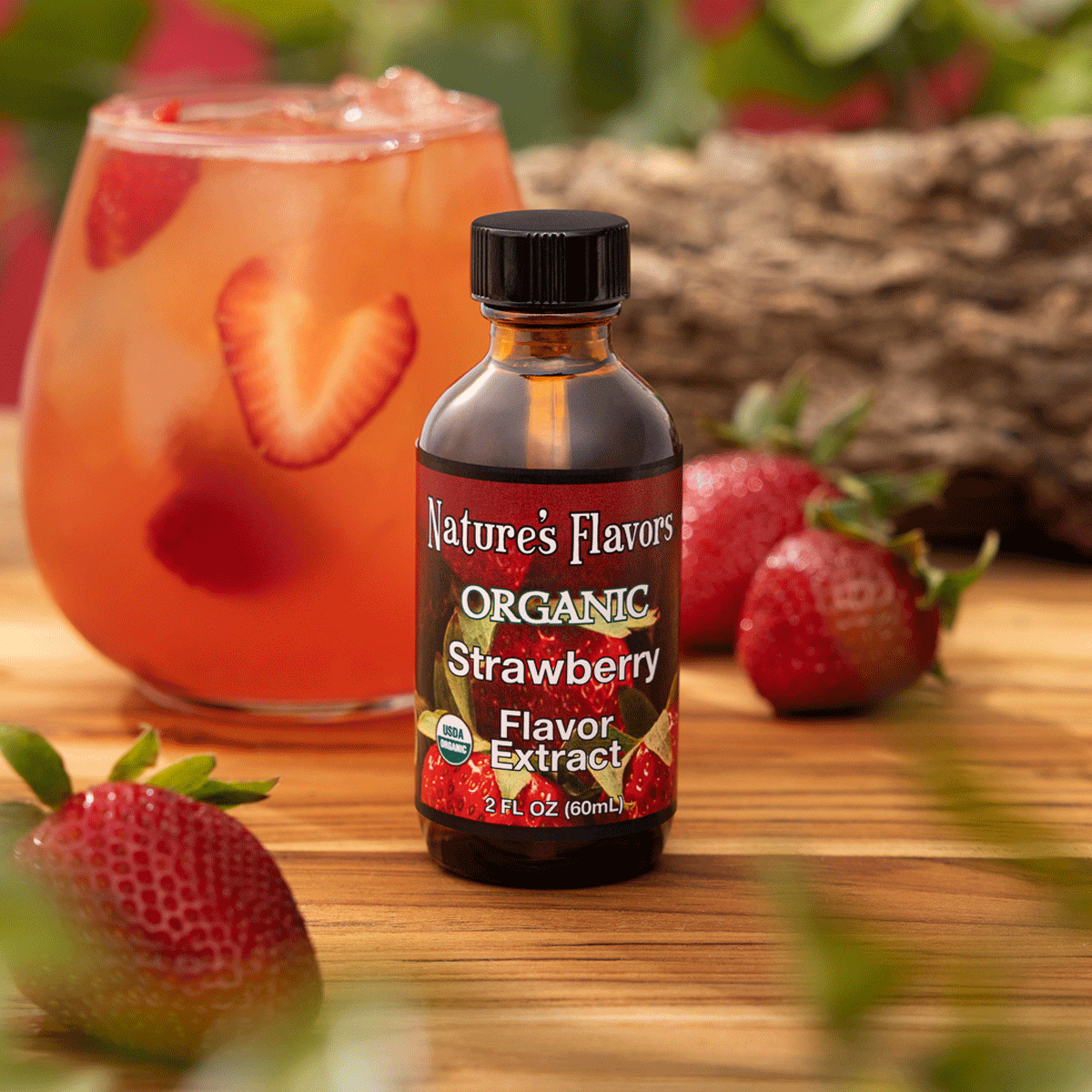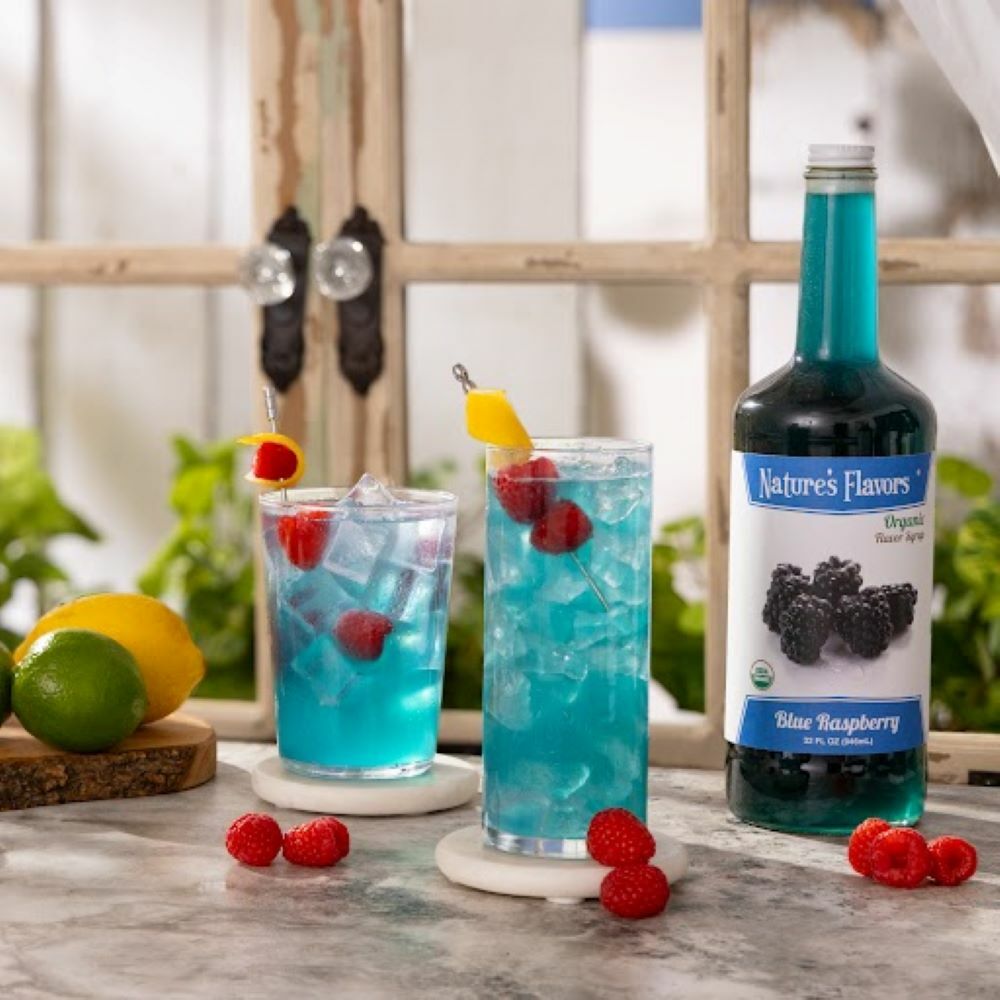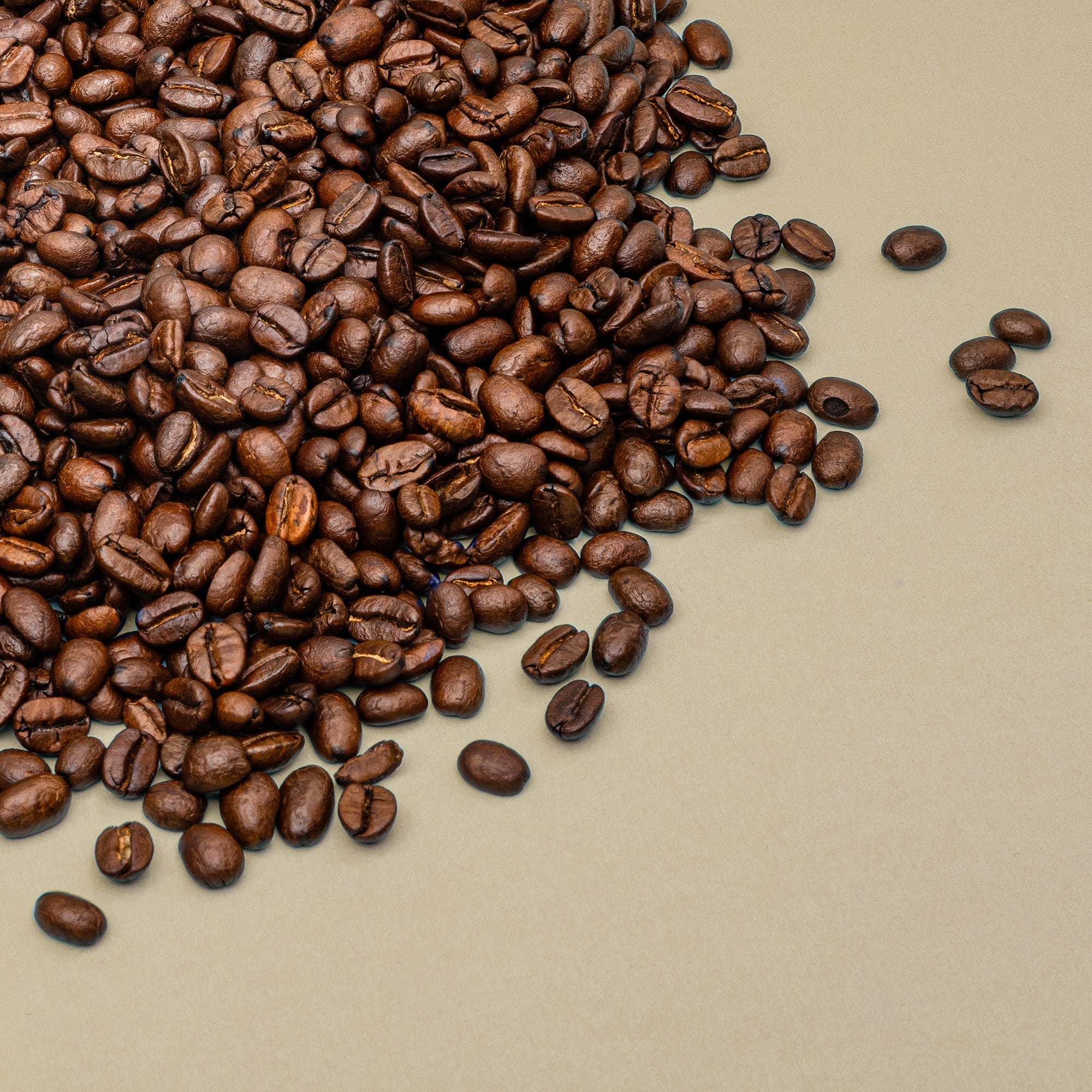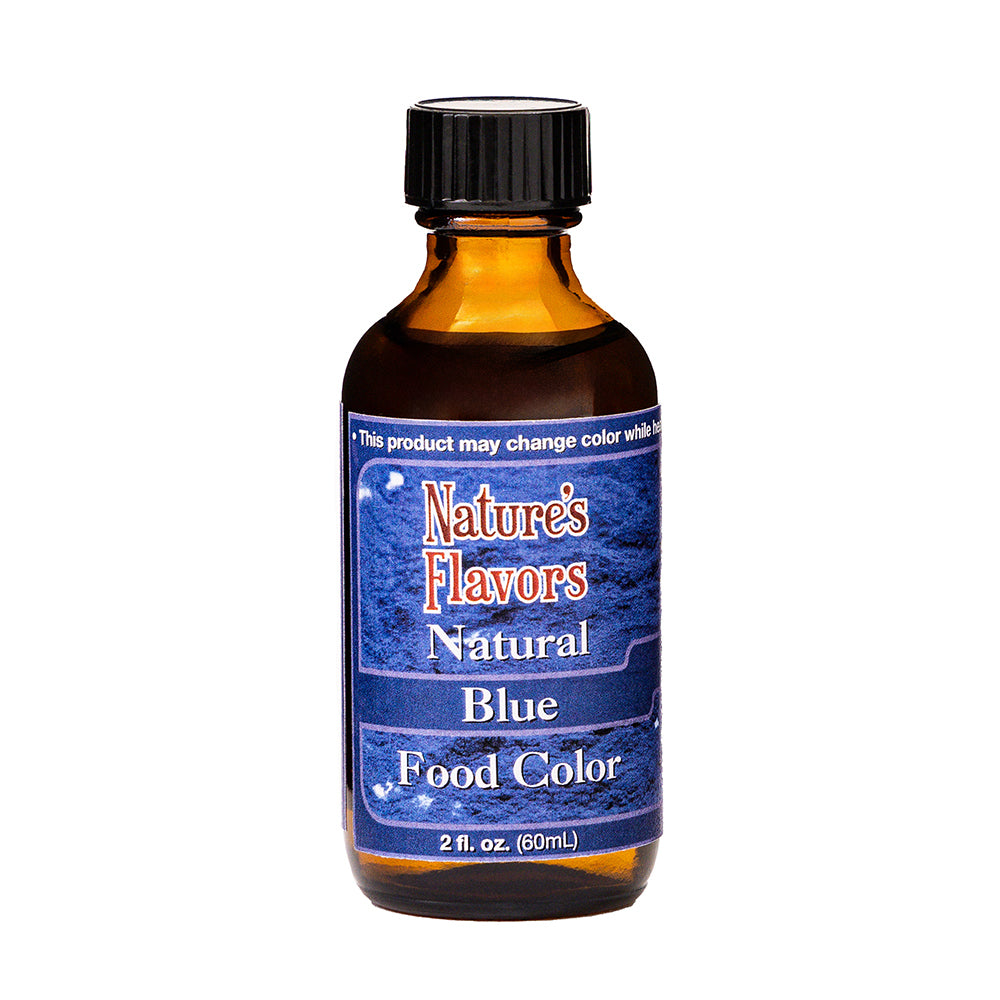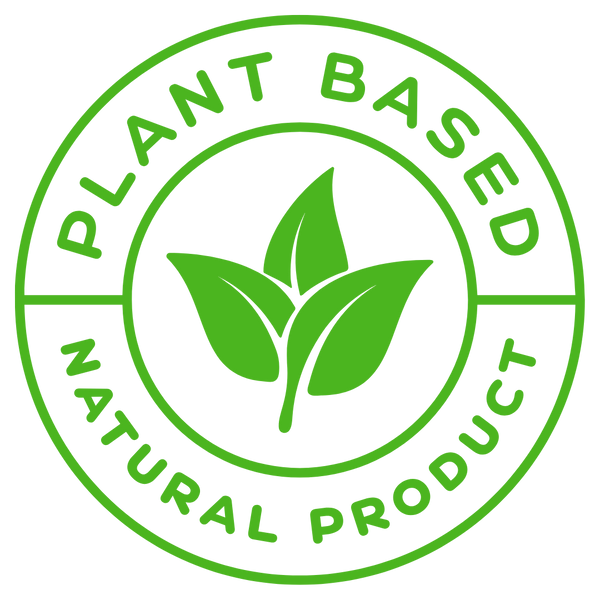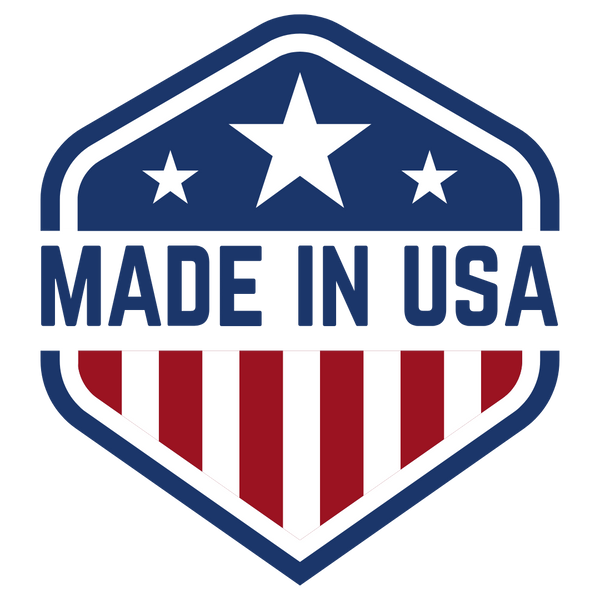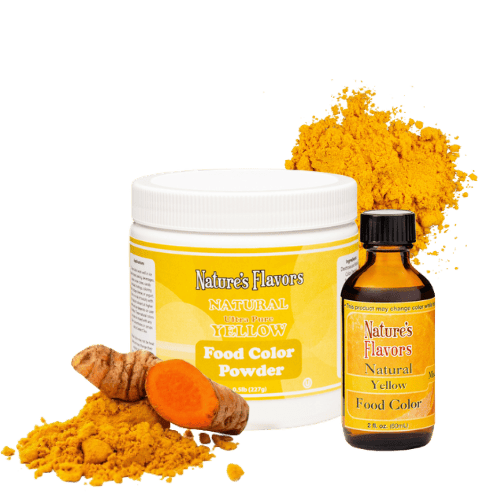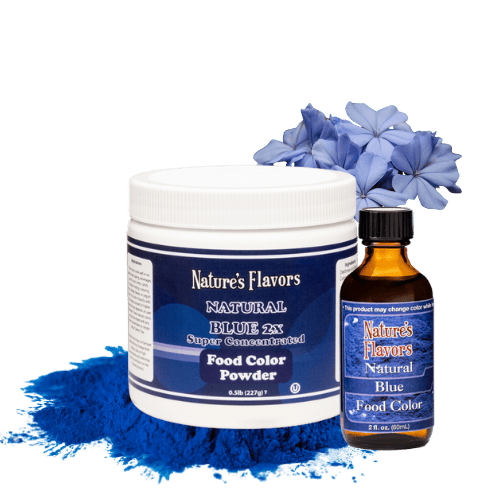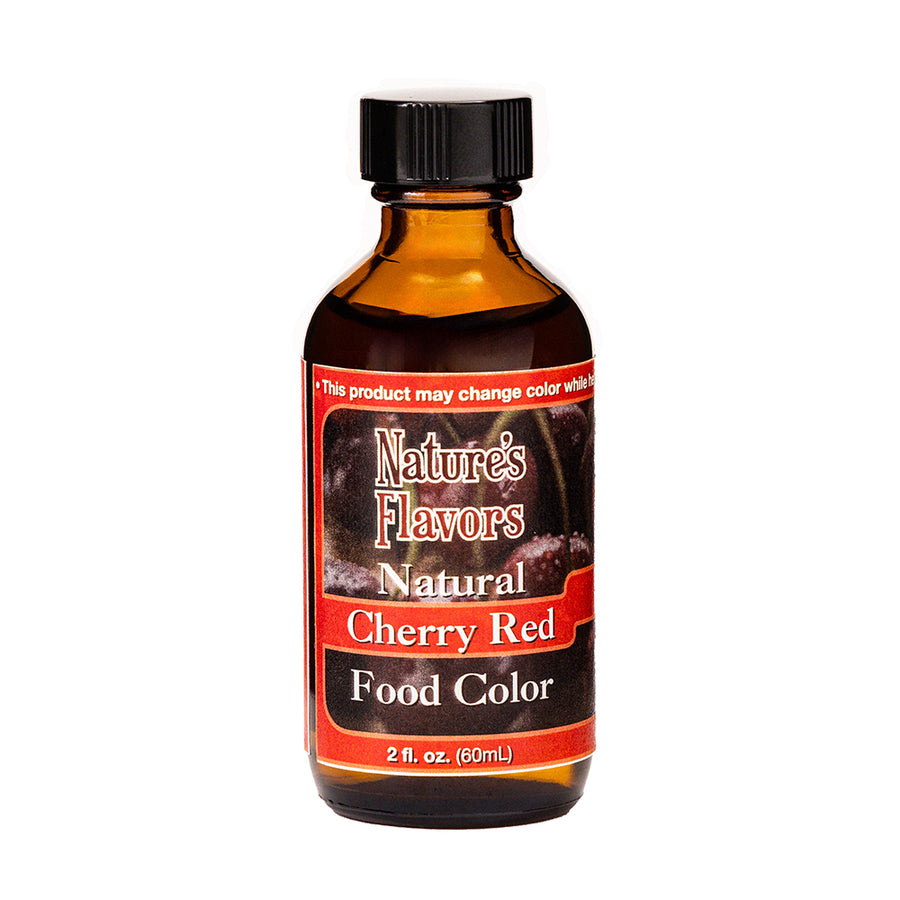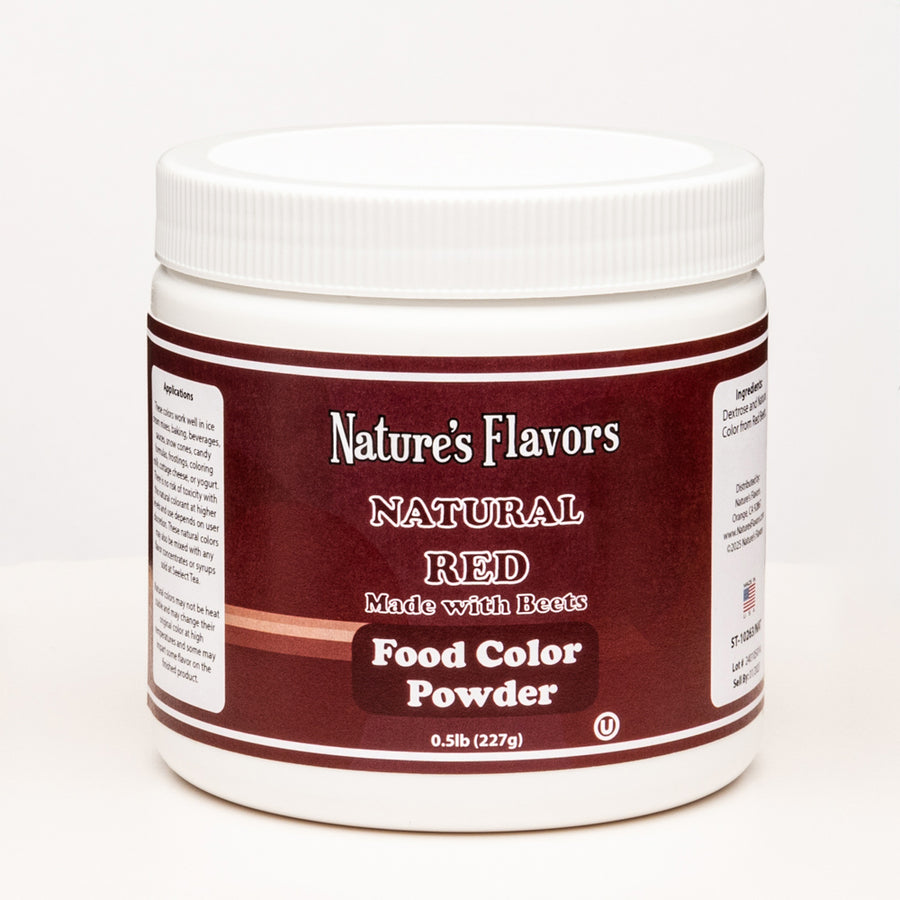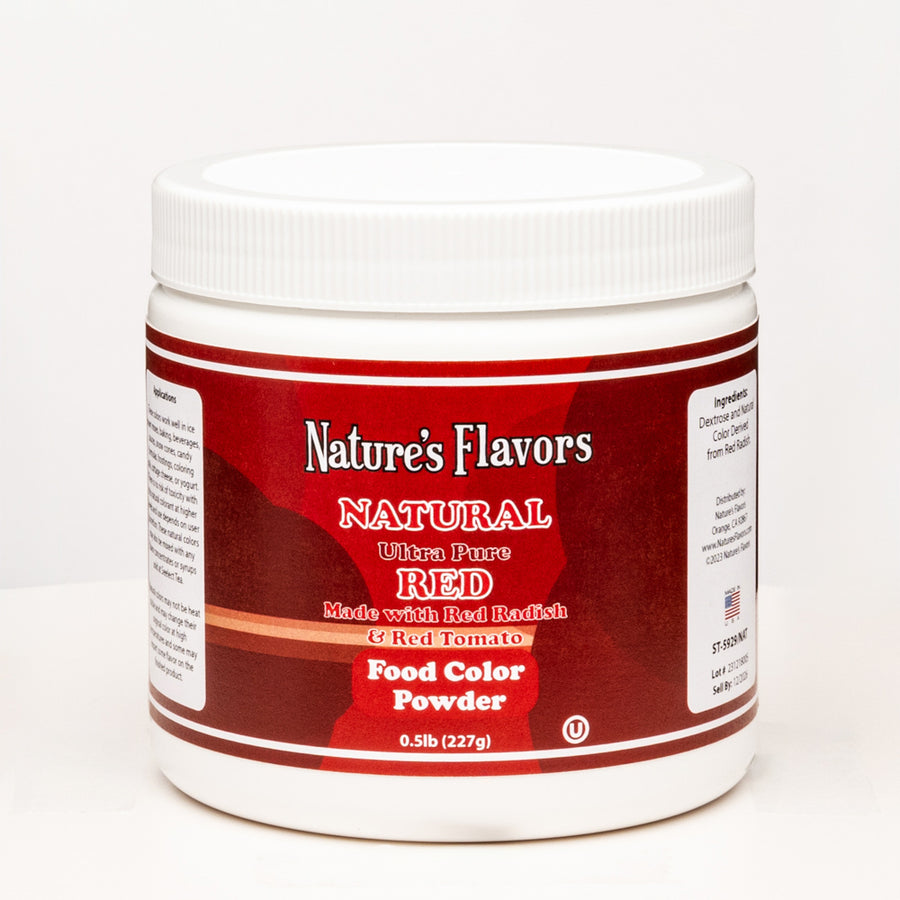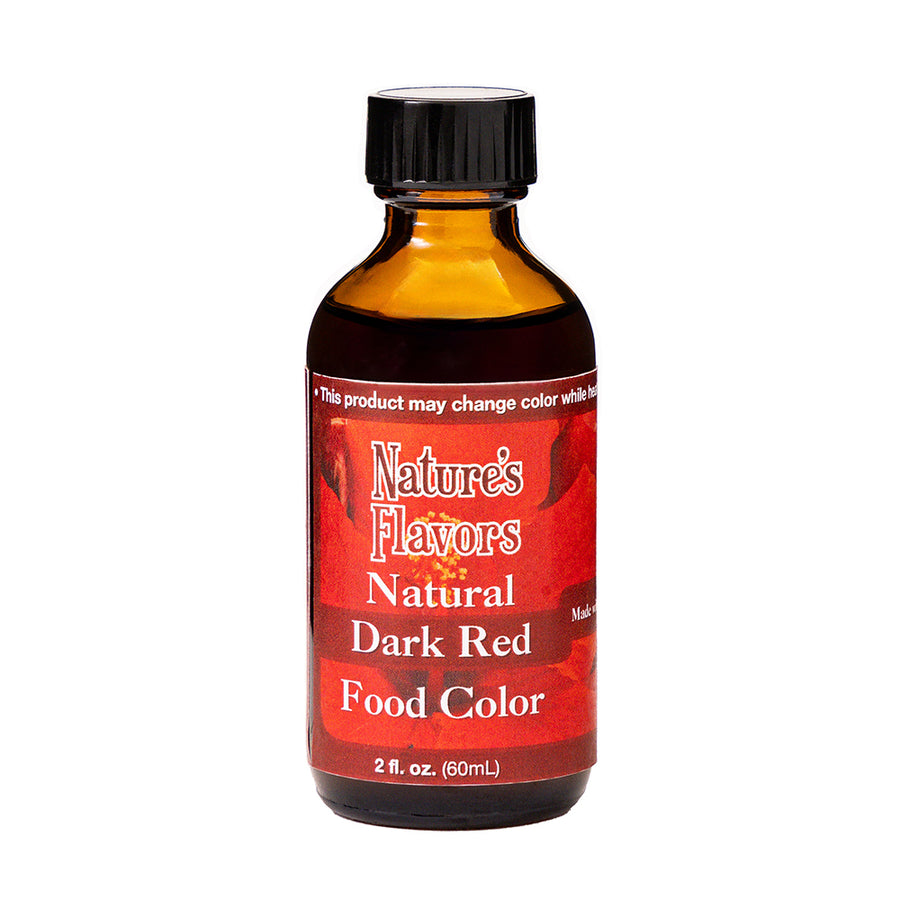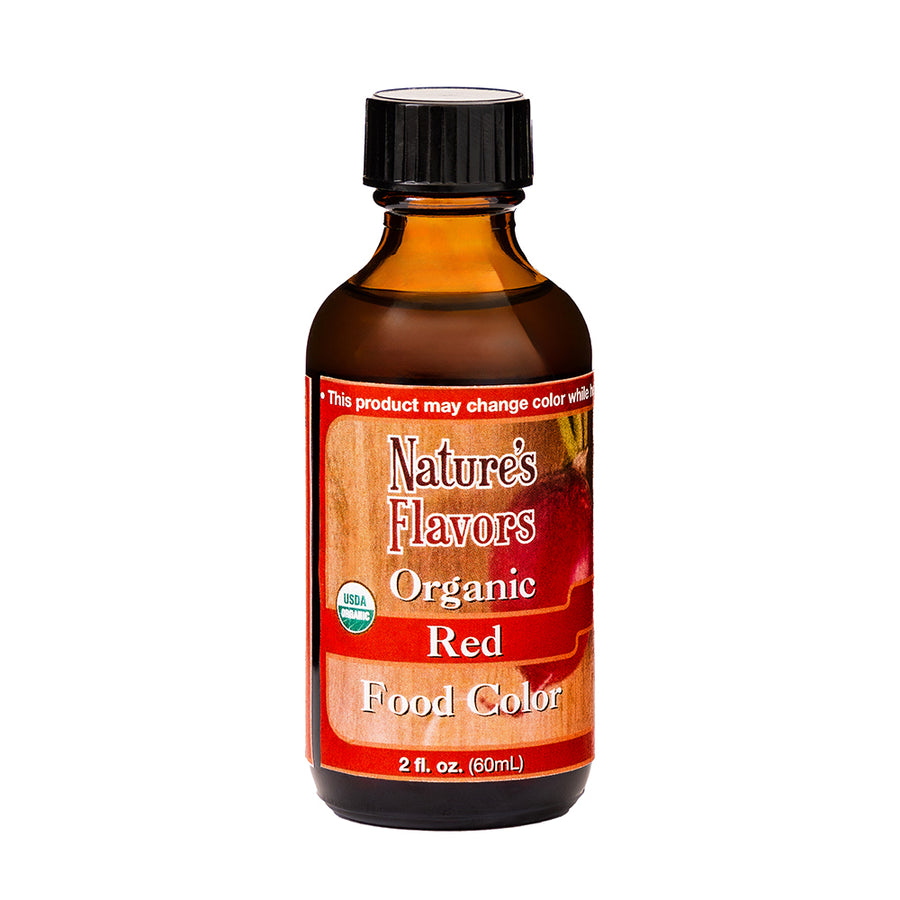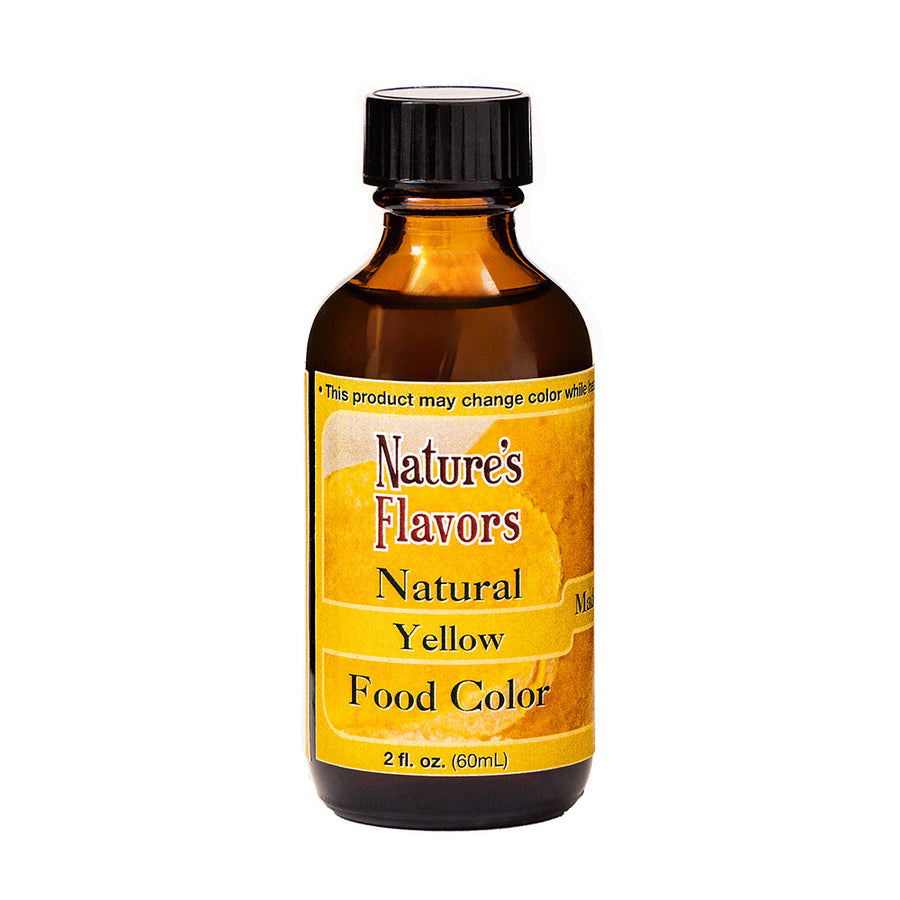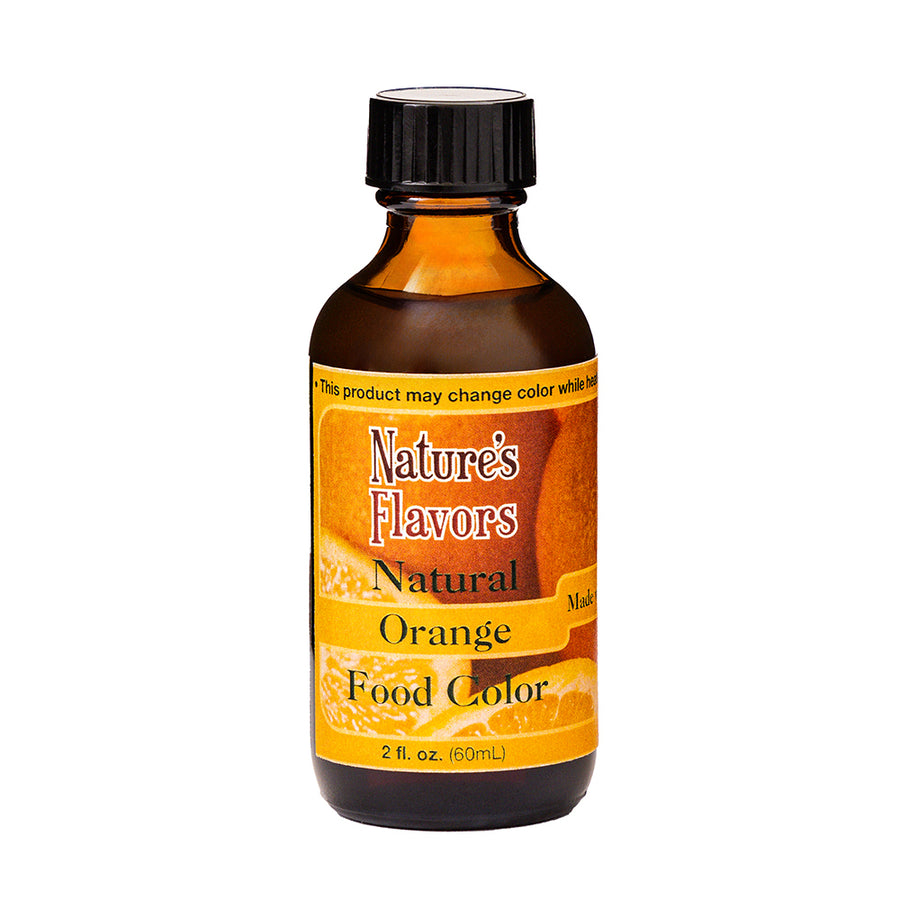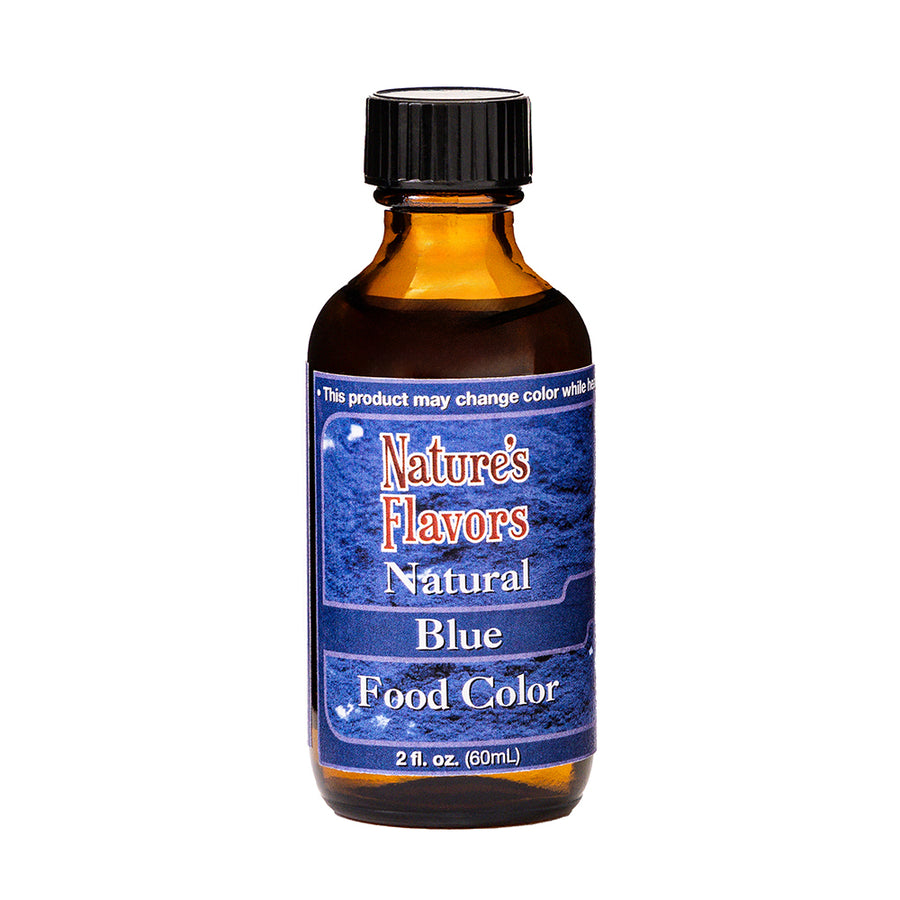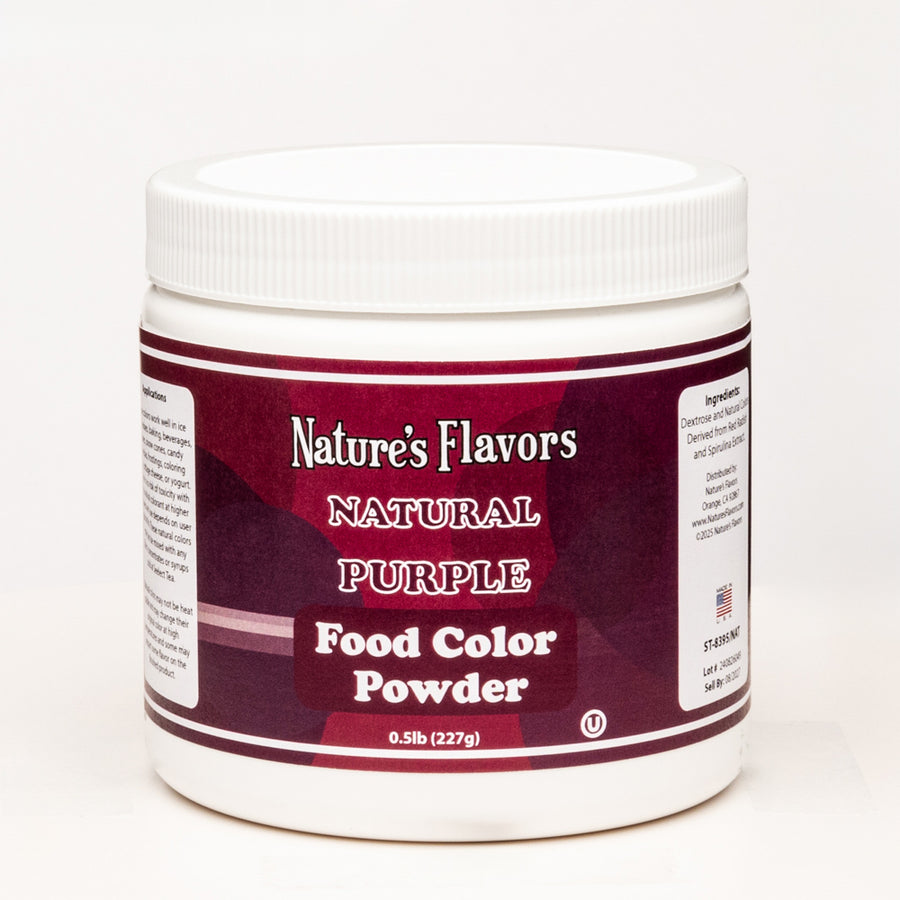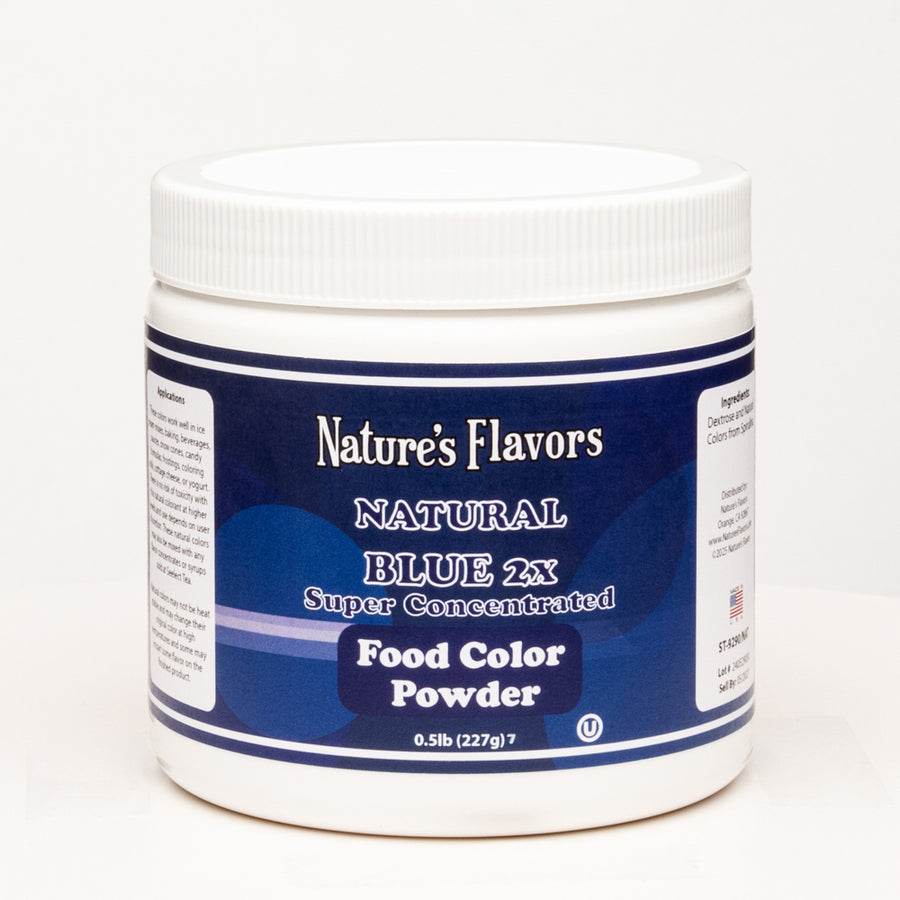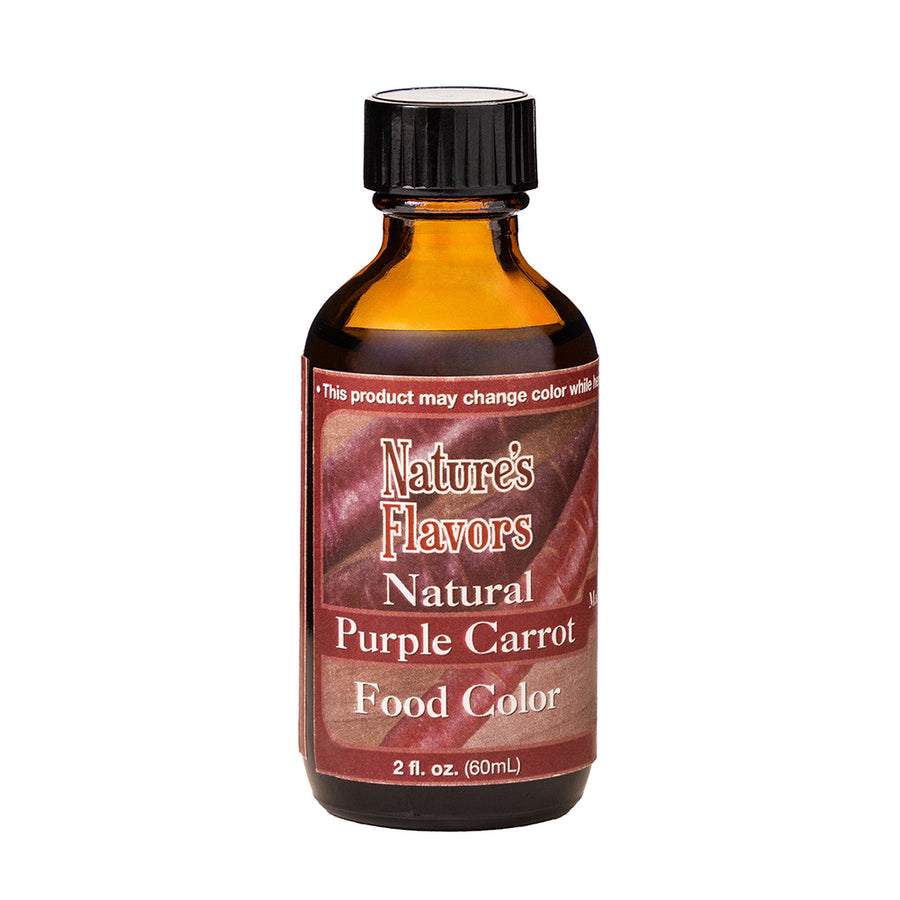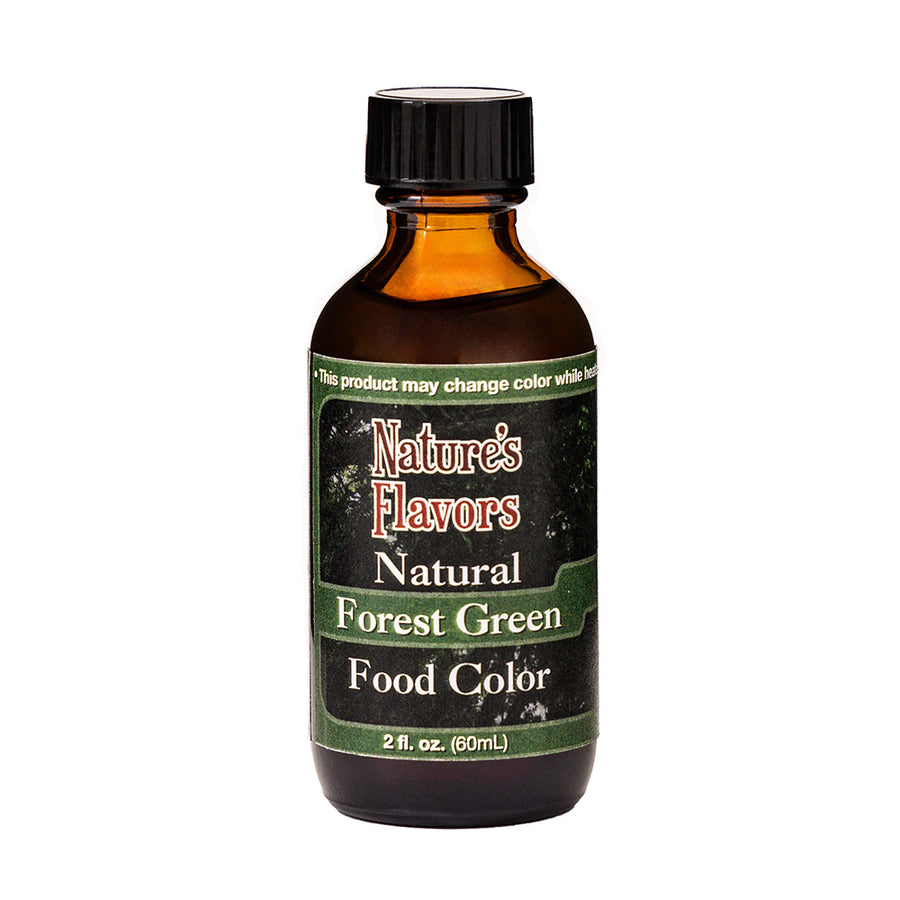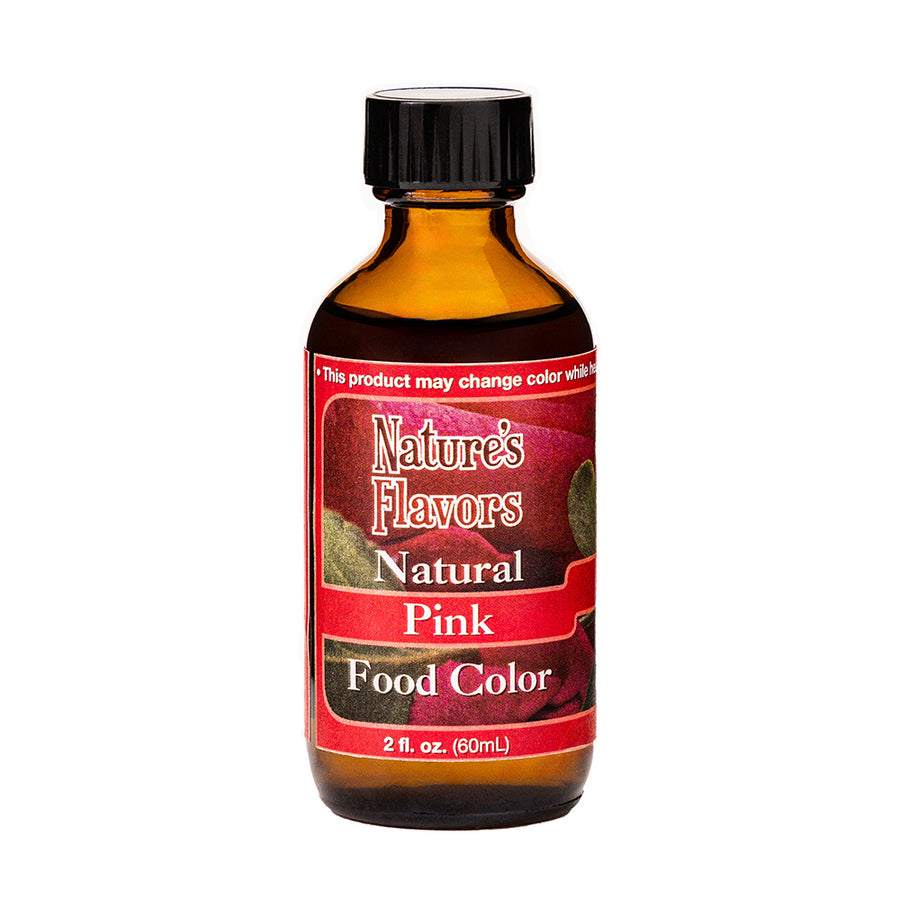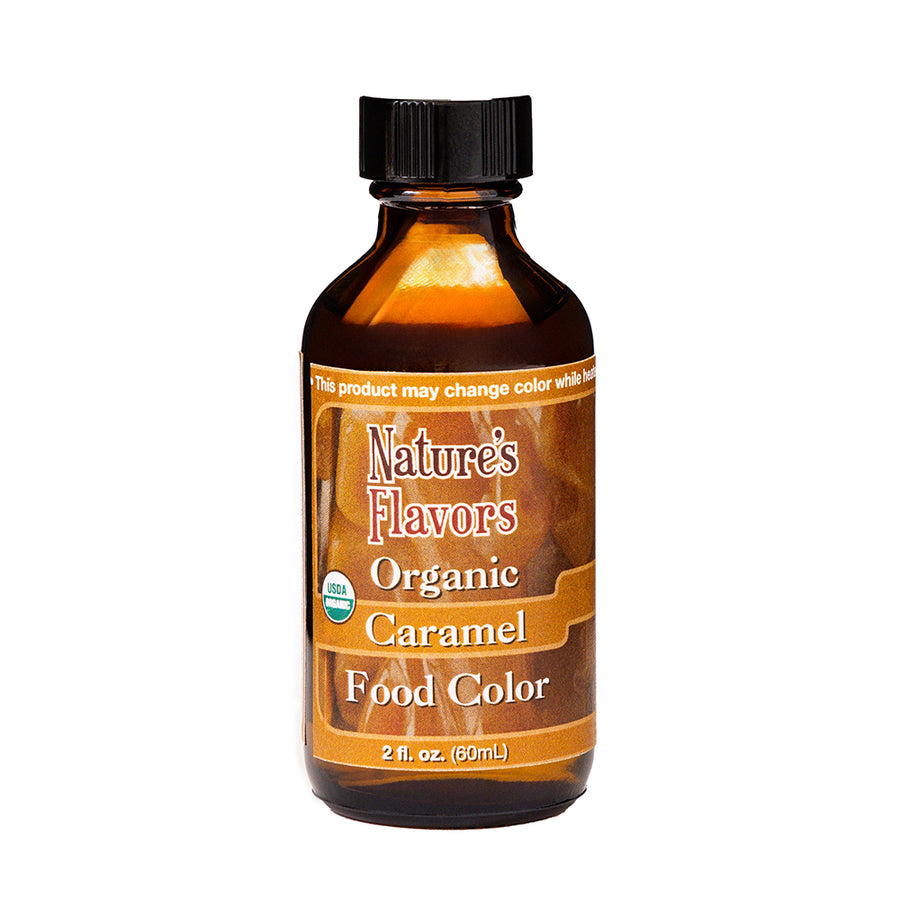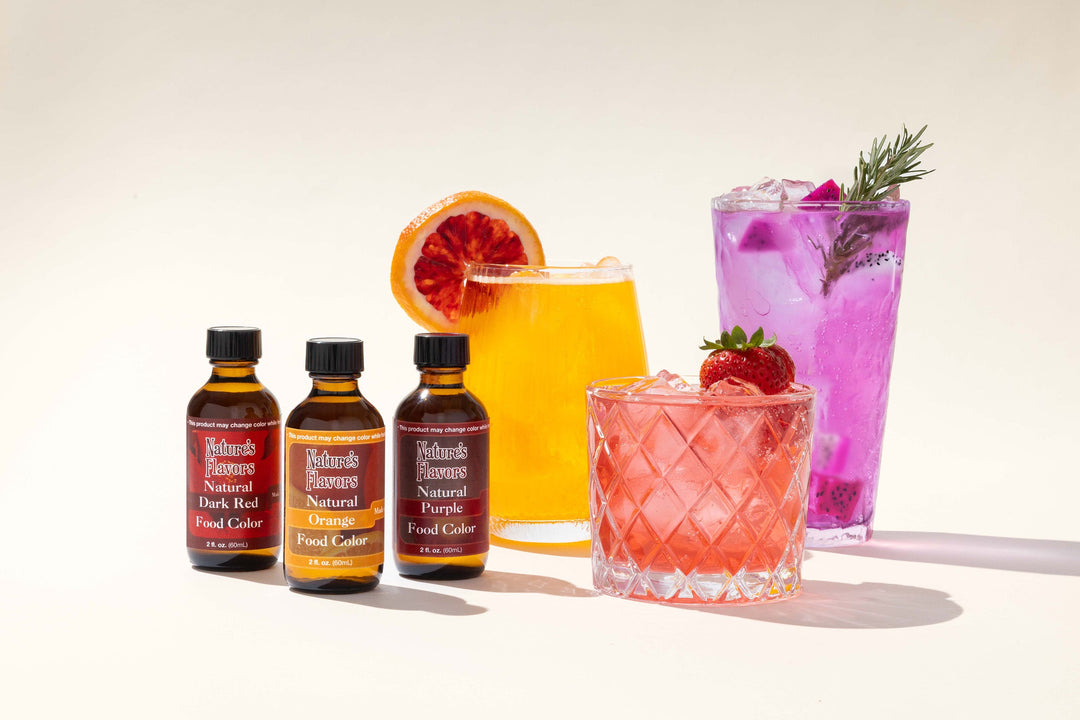Blue Food Coloring Powder is versatile and can be used across a wide range of food categories. It is particularly popular in baked goods such as cakes, cookies, and pastries, where it provides a visually appealing color without altering the taste. Additionally, it is used in beverages, including cocktails and smoothies, to create eye-catching drinks. The powder is also suitable for use in sauces, dairy products, and confectionery, offering a natural alternative to synthetic dyes.
Benefit:Using Blue Food Coloring Powder offers several functional and business benefits. It ensures consistent color results, which is crucial for maintaining product quality and brand reputation. The natural formulation appeals to the growing consumer demand for clean-label products, enhancing marketability. Furthermore, the concentrate is cost-efficient, as a small amount is sufficient to achieve the desired color intensity, reducing overall production costs.
Versatility:The product's versatility is one of its key strengths. It allows for flexible flavor control and product innovation, as it can be easily adjusted to achieve the desired color intensity. This adaptability makes it suitable for a wide range of applications, from subtle pastel shades to bold, vibrant hues. Its concentrated nature means that only a small amount is needed, providing manufacturers with precise control over the final product's appearance.
Quality Assurance:Blue Food Coloring Powder is manufactured under strict quality control standards to ensure safety and consistency. Each batch undergoes rigorous testing to meet industry regulations and quality benchmarks. This commitment to quality assurance guarantees that the product is safe for consumption and delivers reliable results every time.
Sustainability:The product is aligned with sustainable ingredient trends, as it is sourced from natural materials. The manufacturing process is designed to minimize environmental impact, supporting environmentally responsible practices. This focus on sustainability not only benefits the environment but also enhances the product's appeal to eco-conscious consumers.
Storage:To maintain the freshness and potency of Blue Food Coloring Powder, it should be stored in a cool, dry place away from direct sunlight. After opening, it is recommended to keep the container tightly sealed to prevent moisture absorption and preserve its quality. Proper storage ensures that the product remains effective for an extended period.


